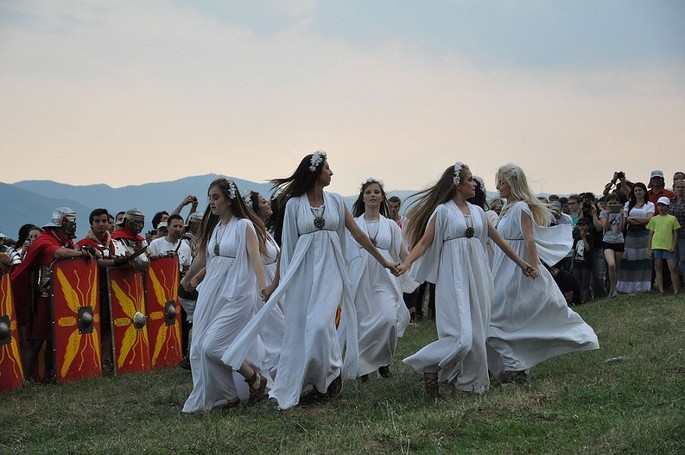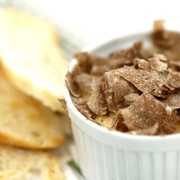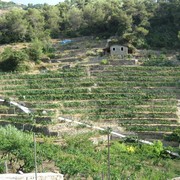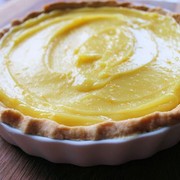Around the end of June, we can see, either on the fields or even in markets in the major Romanian cities: the sânzâiene. But few are those who really know about what magical powers would these flowers have. And when it comes to charms and spells, especially love and prosperity, things become even more exciting.
On June 24, the Orthodox religious calendar celebrates the birth of St. John the Baptist, but in the folk tradition, this day is called Drăgaica or Sânzâienele, the longest day of the year. This day is associated with the silence of the cuckoo that started to sing on 25 March and stops on 24 June, playing also a calendar role.
"With its capacity to flourish in the longest day of the year (...) Sânziana has become a landmark assessment of crop growth stage; if it flourishes before 24 June, plants vegetable stage is advanced and vice versa. In northern Romania, and in some mountain areas, at the sânzâiene flowering it starts the meadows mowing."
The sânzâiene are wildflowers, yellow or white, impressive for their magical forces, of which the best known resides in the crown made by these flowers. It has to be attached to the windows of the houses to bring good luck. Who throws the crown on the house, it could predict how the next year will be. It is believed that if unmarried girls will put such a flower during the night under the pillow, they can dream the predestined.
In the area of Wallachia, Moldova and Dobrogea, the sânzâiene day is called Drăgaica in memory of Diana, the Great Neolithic Goddess, crops protector and which heals them from diseases and brings to young girls the predestined man, but people must respect this day if they do not want to offend the gods. In these regions also dances a ritual dance, where a group of girls invokes the magical forces through sânzâiene. One of them, remember the gods, and is wearing white, placing a wreath on the head of sânzâiene.
Taking into account the strength that these spirits, it is said that on this day, you should not work if you do not want to be punished. Who does not want to honor this day, will have the punishment of dance like the girls of the ritual. At the same time, during this time you can take advantage of the medicinal plants. Specific to this area is the Drăgaica dancing, which is played by a group of young girls, and the one that depicts the goddess has a white dress and a crown of sânzâiene on the head.
It is believed that this day you should not work if you do not want to be punished by the sânzâiene. In the same period, you should take advantage of the medicinal plants, used for different cures all year long.
Bibliography
Ion Ghinoiu, sarbatori şi obiceiuri romanesti, Bucureşti, Editura Elion, 2004
Tudor Pamfile, Mythology Poporului român, Bucureşti, Editura Vestala, 2006
Photo:
http://www.zumi.md/sanatatea-ta/bea-ceai-de-flori-de-sanziene.-afla-pentru-ce-afeciuni-e-bun
calendarulortodox.ro/datini-obiceiuri-traditii/traditii-si-obiceiuri-de-sanziene-dragaica/
















